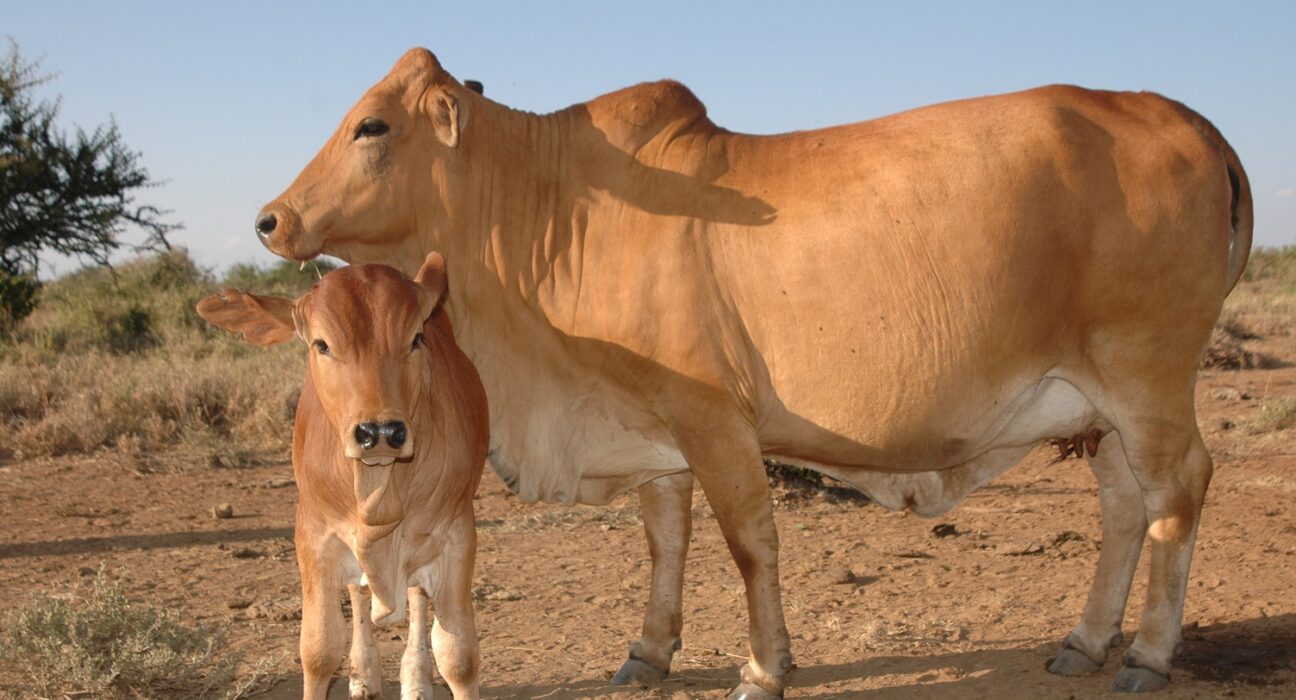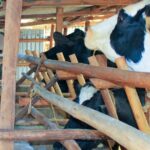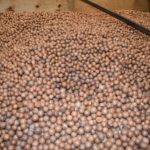Beef farming is one of the most lucrative agribusiness ventures in Kenya, contributing significantly to food security, employment, and economic growth. As the most consumed type of meat in Kenya, beef remains a staple in households, restaurants, and institutions, creating a steady demand that ensures profitability for farmers.
This article explores beef farming in Kenya, covering cattle breeds, feeding practices, vaccination, market dynamics, and strategies for maximizing returns.
Why Beef Farming in Kenya?
Beef farming offers immense opportunities for both small-scale and large-scale farmers in Kenya. The country’s population, currently at over 50 million, consumes an estimated 600,000 metric tons of beef annually, according to industry reports.
Key Benefits of Beef Farming:
- High Demand: With beef being a staple food, farmers are assured of a consistent market.
- Diverse Market Options: Farmers can sell live animals or processed beef directly to butcheries, institutions, and even export markets.
- Flexibility: Beef farming allows for different business models, such as raising weaner calves or fattening cattle for slaughter.
Key Considerations for Starting Beef Farming
Before venturing into beef farming, consider the following:
- Land Availability:
Sufficient land is crucial for grazing or growing fodder, especially for indigenous breeds. - Breed Selection:
Choose cattle breeds based on your resources, market demands, and experience. - Feeding Program:
Plan for adequate feed, as it constitutes up to 60% of production costs. - Health Management:
Vaccination and pest control are essential to prevent disease outbreaks and maintain productivity. - Market Strategy:
Identify potential buyers, whether local butcheries, institutions, or meat processing companies.
Breeds of Beef Cattle in Kenya
Kenya boasts a variety of beef cattle breeds, divided into indigenous and exotic categories.
1. Indigenous Breeds
- Zebu:
- Hardy and well-suited for arid and semi-arid regions.
- Resistant to diseases and pests but slower growth rates.
- Boran:
- Known for their adaptability to harsh climates.
- Produce high-quality meat with good marbling.
2. Exotic Breeds
- Hereford:
- Efficient feed converters and high-quality beef producers.
- Thrive under controlled feeding systems.
- Charolais:
- Rapid growth rates and large frame sizes.
- Ideal for intensive beef production.
- Simmental:
- Dual-purpose breed for beef and milk production.
- Known for their high weight gain and muscular build.
- Angus:
- Renowned for their premium beef quality and adaptability.
- Require significant investment in feed and management.
Choosing the Right Breed:
- Indigenous breeds are more cost-effective and resilient but may require more time to reach market weight.
- Exotic breeds grow faster and produce higher-quality beef but demand better management and higher costs.
Feeding Practices for Beef Cattle
Feeding is the most critical aspect of beef farming, directly impacting growth rates and meat quality.
Dietary Requirements:
- Green Pastures:
- Include grass, nappier, Lucerne, and hay.
- Ideal for grazing systems.
- Supplements:
- Use mineral blocks, concentrates, and commercial feeds to boost weight gain.
- Clean Drinking Water:
- Ensure cattle have access to ample clean water daily.
Feeding Systems:
- Grazing Systems: Suitable for indigenous breeds, leveraging natural pastures.
- Intensive Systems: For exotic breeds, with a focus on high-quality commercial feeds and silage.
- Mixed Systems: Combines grazing and supplemented feeding.
Cost Management:
- Cultivate your own fodder to reduce feed expenses.
- Use agricultural by-products like maize stovers and wheat bran as supplementary feed.
Vaccination and Pest Control
Healthy cattle ensure high productivity and profitability. Regular health management practices include:
- Vaccination Programs:
- Prevent fatal diseases such as foot-and-mouth, anthrax, and black quarter.
- Deworming:
- Control internal parasites to enhance weight gain and general health.
- Pest Control:
- Regular dipping or spraying to combat ticks, mites, fleas, and tsetse flies.
- Veterinary Check-ups:
- Engage veterinarians for routine health assessments and treatment.
Beef Farming Systems
Farmers in Kenya can adopt various systems depending on resources and goals.
1. Open Grazing:
- Common in arid and semi-arid areas.
- Requires extensive land but has low input costs.
2. Semi-Intensive Farming:
- Combines controlled feeding and limited grazing.
- Balanced approach for medium-scale farmers.
3. Intensive Farming:
- Fully confined cattle, fed on high-quality commercial diets.
- Best for exotic breeds in urban or peri-urban areas.
Market Opportunities for Beef Farmers
Kenya’s beef market is robust, driven by high domestic consumption and opportunities in export markets.
Key Market Channels:
- Local Butcheries:
- Direct sales of live animals or processed beef.
- Requires veterinary inspection for quality assurance.
- Institutions:
- Schools, hospitals, and hotels often require bulk supplies of beef.
- Export Markets:
- Neighboring countries such as Tanzania and Uganda import Kenyan beef.
- Farmers must meet stringent export standards.
- Value Addition:
- Processing beef into sausages, meatballs, and canned products can increase profit margins.
Challenges in Beef Farming
Despite its profitability, beef farming in Kenya faces several challenges:
- High Feed Costs:
- Feed expenses constitute the bulk of production costs.
- Disease Outbreaks:
- Diseases like foot-and-mouth can devastate herds.
- Market Price Fluctuations:
- Seasonal changes and supply-demand dynamics affect beef prices.
- Land Scarcity:
- Urbanization and population growth limit grazing land.
Tips for Successful Beef Farming
- Invest in Training:
- Learn modern beef farming techniques through agricultural extension services.
- Keep Records:
- Monitor feed usage, weight gain, and vaccination schedules.
- Diversify Income Streams:
- Consider selling manure or leasing grazing land for additional revenue.
- Form Cooperatives:
- Join groups to access credit, training, and better market prices.
- Adopt Technology:
- Use digital tools to track herd health, feeding, and market trends.
Beef farming in Kenya is a profitable venture with a growing market and opportunities for expansion. By selecting the right breeds, adopting effective feeding and health management practices, and exploring diverse market channels, farmers can maximize their returns. With strategic planning and innovation, the future of beef farming in Kenya looks bright.





